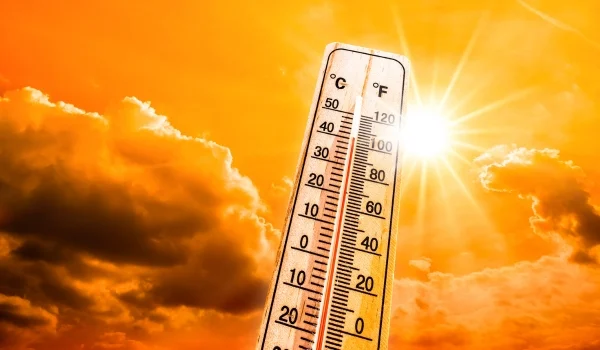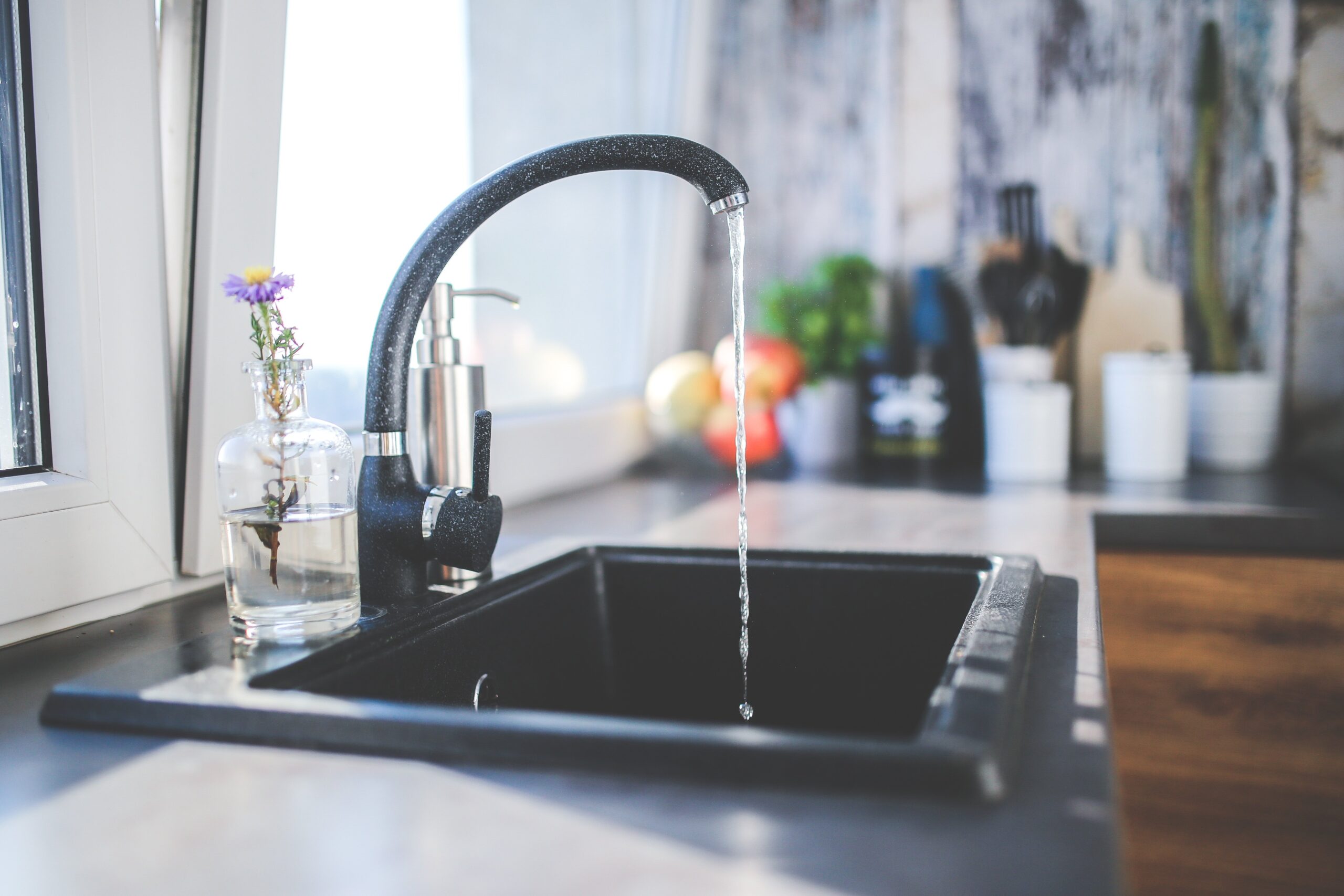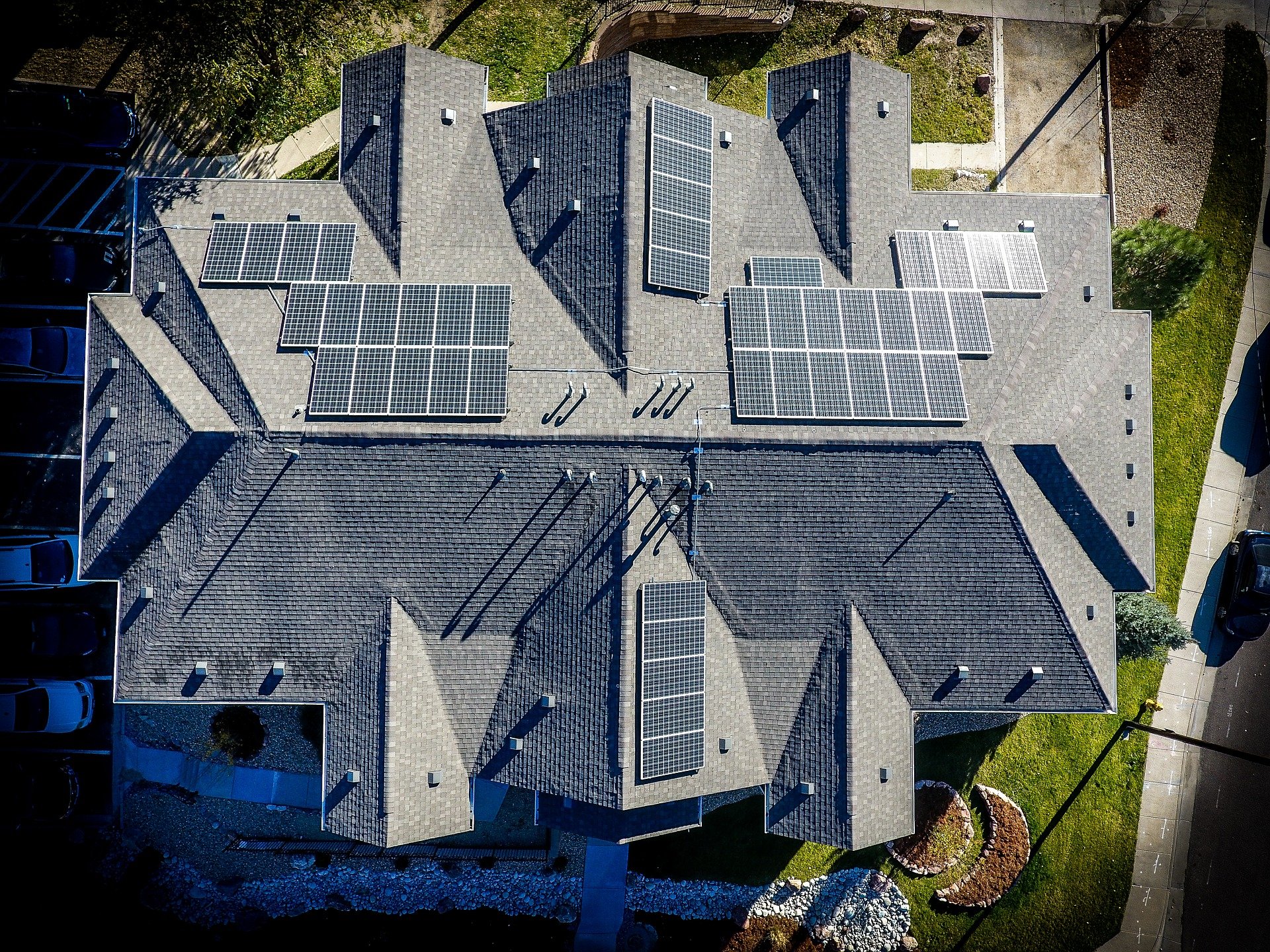Can you feel it?
The scorching of summer heat?
Record-breaking heat waves well above the three-digit mark are permeating the United States, our sidewalks sizzling like bacon in a frying pan.
Extreme heat events are no longer a distant rarity, but have in fact become an ever-present reality. The Environmental Protection Agency’s (EPA) data recently revealed a disconcerting reality – the heatwave season has expanded by 50 days, heatwave events now occur three times more frequently than in the ’60s, and their duration has extended beyond what we once considered normal. Urgent action and sustainable choices are imperative to protect the longevity of your properties and the residents that call them home.
Bottom line: heatwaves can no longer be regarded as something to endure; they must become something to expect and plan for.
As such, real estate owners and operators must prioritize ways to maintain the safety of residents while keeping expenses low. Let’s explore how to support your residents and how to manage energy costs during heat waves.
Safeguard Residents from Heatwave Havoc
It’s no secret that extreme heat poses serious physical health risks. Heat stroke, heat exhaustion, rashes, and a slew of other illnesses threaten the almost 332 million people across the United States. Potential blackouts triggered by high temperatures, could disrupt daily life and limit access to cooling resources. In the sweltering grip of heatwaves, residents bear the brunt of unwelcome additional costs. Residents expect to allocate an average of 3% toward utility costs. But during heatwaves the average rises closer to 10%. Those who reside in affordable housing communities feel the effects even more drastically with an average 8.6%+ for energy expenses spiking to 20+ percent.
Multifamily property owners can play a crucial role in protecting their residents during heatwaves. Try implementing the following measures:
- Cooling Centers: Designate communal areas within the property, such as clubhouses or community rooms, as cooling centers with air conditioning.
- Provide Fans: Distribute fans to residents who may not have access to air conditioning.
- Educate Residents: Offer educational resources on heatwave safety, including tips on staying hydrated, recognizing heat-related illnesses, and creating a heat emergency plan.
- Regular Maintenance: Ensure that air conditioning units and ventilation systems are well-maintained and in optimal working condition to provide effective cooling.
- Shade and Green Spaces: Create shaded areas or outdoor spaces with trees and greenery. Shaded areas are typically 20 to 45 degrees cooler. Trees and vegetation also help to reduce heat islands.
- Water Stations: Install water stations or fountains throughout the property to promote hydration and prevent heat-related health issues.
- Flexible Lease Terms: Consider offering temporary relief for residents experiencing financial strain due to increased energy costs during heatwaves.
- Heat-Resilient Landscaping: Opt for drought-resistant plants that require less water, reducing water usage during heatwaves and maintaining a pleasant environment.
- Community Engagement: Foster a sense of community by encouraging neighbors to check on each other during the heat, ensuring everyone’s well-being.
- Cooling Roofs: Explore installing high solar reflectance cooling roofs to reflect sunlight and heat away from community buildings. Reflective surfaces help properties stay 50 to 60 degrees cooler in summer.
- Green Roofs: Options like a rooftop garden or vegetative layer grown on a rooftop are known to reduce roof temperatures by 30-40 degrees and building energy usage by 0.7%.
Shield Your Investment, Reduce Energy Costs
As the intensity and frequency of heatwaves continue to rise, staying ahead of the curve is vital. Real estate owners and investors: consider implementing these six practices this summer to protect your investments.
- Energy Management: Implement energy-efficient practices, such as installing programmable thermostats and using smart energy management systems, to reduce energy consumption and mitigate the impact of increased cooling demands.
- Emergency Preparedness Plan: Develop a comprehensive heatwave emergency plan, outlining procedures for communication, staff training, backup power and crisis management to respond effectively to any heat-related challenges.
- Water Conservation: Implement water-saving measures, such as using drought-resistant landscaping and low-flow fixtures, to minimize water usage.
- Insurance Coverage Review: Review insurance policies to ensure adequate coverage for potential heatwave-related damages, such as heat-related equipment failures or property damage.
- Financial Planning: Factor in potential financial impacts of increased cooling costs and plan for contingencies to maintain financial stability during heatwaves.
- Monitor Weather Updates: Stay informed about weather forecasts and heatwave warnings, enabling proactive planning and response to extreme heat events.
The most effective strategy that progressive multifamily companies are embracing to save on utilities this summer is leveraging utility data for valuable insights into energy consumption patterns. By analyzing this data, owners can better forecast demand and make informed plans and enhancements to address potential challenges head-on.
Utilities are complex…but Conservice is uniquely positioned to help you analyze and leverage utility data to lower energy costs. We know how to conserve energy during summer, and we learned a long time ago that our success meant being as interconnected and reliable as the utilities we service.
Click here to reduce energy costs and create better places for your people.







